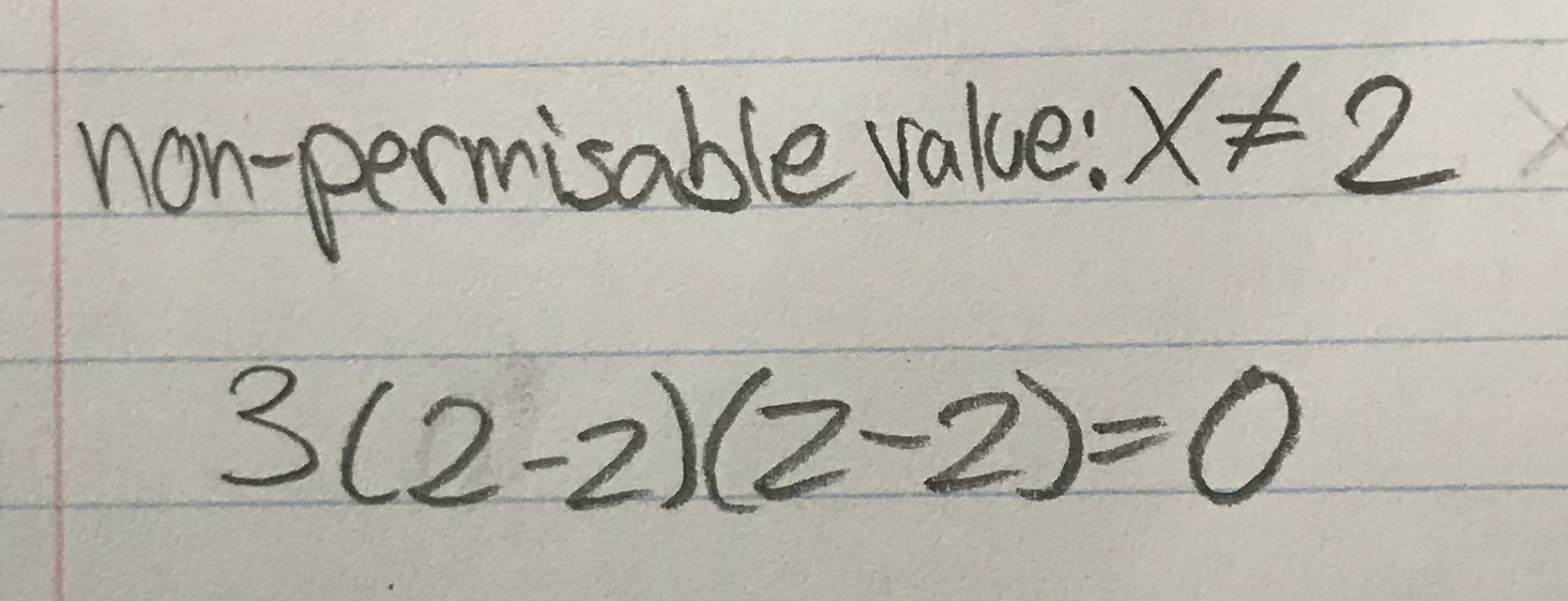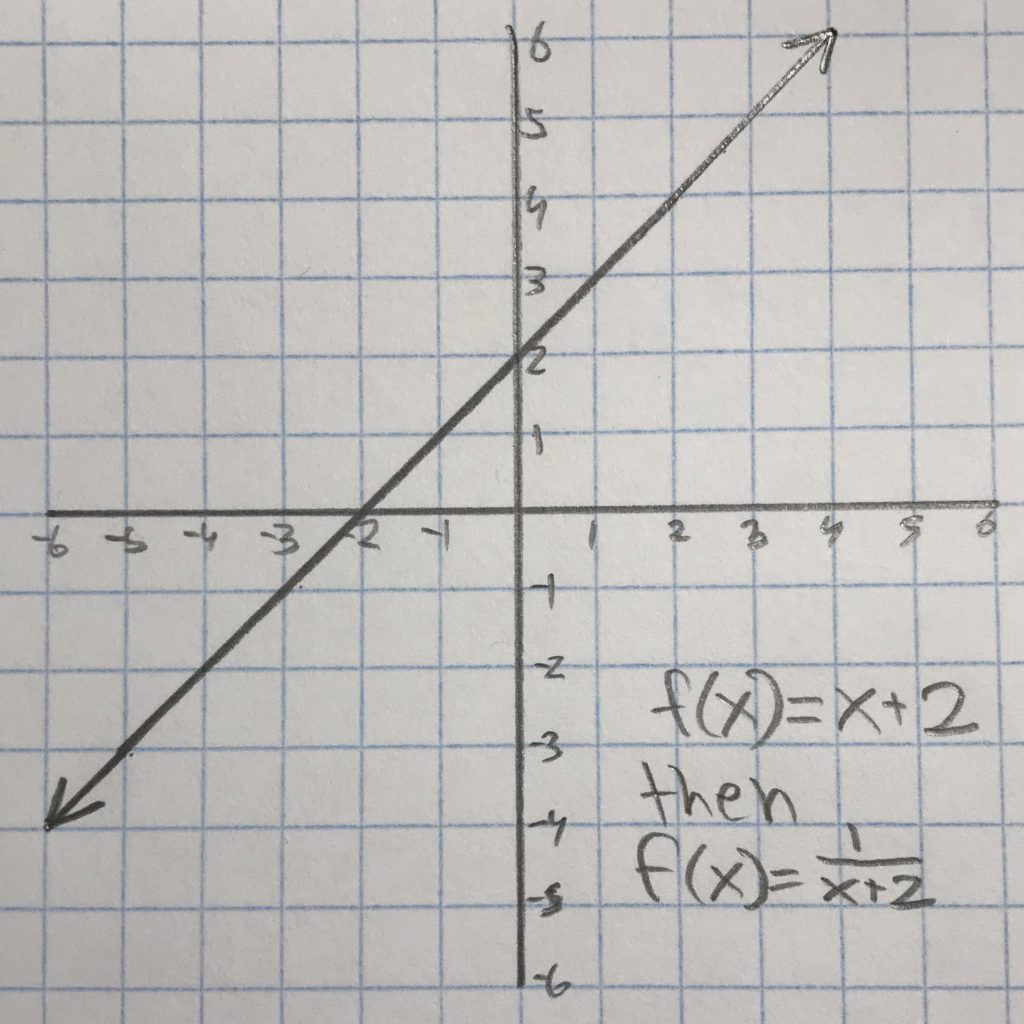When adding or subtracting Rational Expressions, the denominator always has to be the same for all Expressions.
Step one: Make sure the denominator is the same by factoring both denominators and then multiplying the factors. If the two denominators have same factors, they cancel out. After you find the common denominator, you can combine the Fractions into one big fraction.
Step two: What you do to the bottom, you have to do to the top. We have to look at what could multiply 6x into 18xy, it would have to be 3y. So we multiply the numerator by 3y. Then we have to look at what multiplies 9y into 18xy, it would have to be 2x, so we multiply the numerator by 2x.
Step three: once the denominators are the same, and the numerator has been multiplied, we can combine the fractions into one big fraction, and simplify.



















